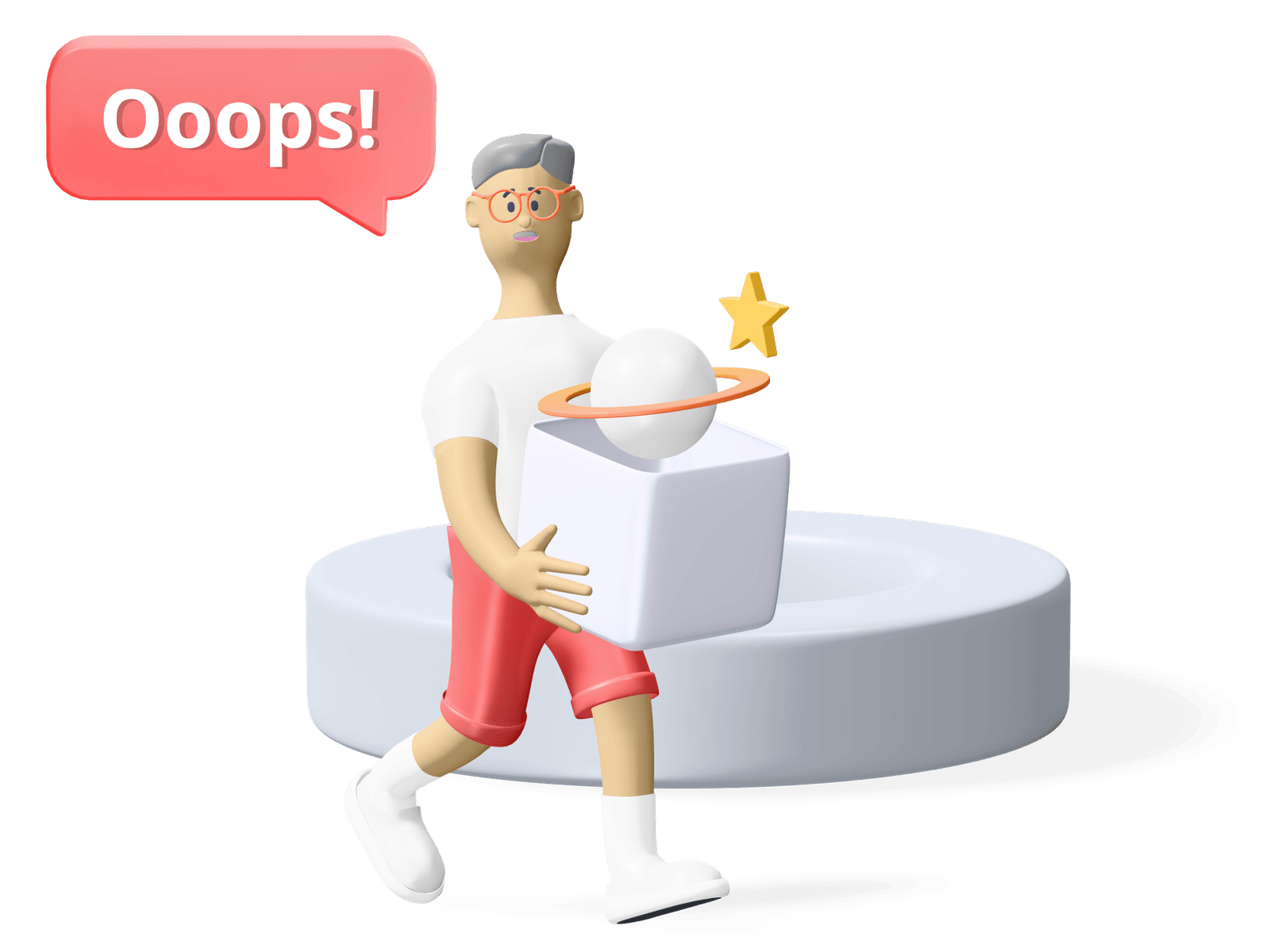Error 404
Erm. Page not found
We suggest you to go to the homepage while we solve this issue.
Go to Homepage
We use cookies to ensure that we give you the best experience on our website. If you continue to use this site we will assume that you are happy with it.